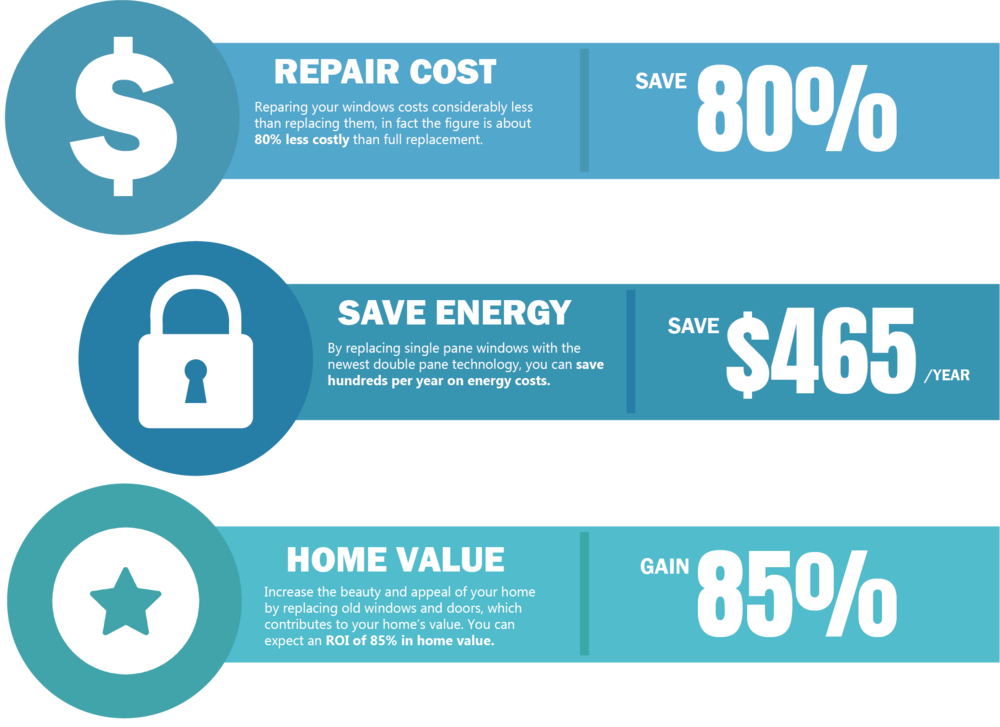Superior Stress Cleaning Approaches For All Surface Keys In
Superior Stress Cleaning Approaches For All Surface Keys In
Blog Article
Composed By-Wu Mosley
When it comes to pressure washing, the strategy you choose can make all the difference in accomplishing a tidy, streak-free finish. You could find that difficult surface areas, like concrete, need a various technique than softer products, such as timber or vinyl. It's important to adapt your techniques to the surface kind to avoid damage while making the most of cleansing performance. So, what are the most effective techniques for each surface, and just how can you ensure you're making use of the ideal settings and tools for the task? Let's discover what you require to know to obtain the most effective outcomes.
Hard Surface areas
When it involves pressure washing difficult surfaces, preparation is vital. Before you also consider taking out the pressure washing machine, put in the time to remove the location of any type of debris, furniture, or barriers. You do not desire anything entering your method or possibly harmful your tools.
Next off, examine the surface for any kind of fractures or damage; this will certainly aid you identify the ideal technique and stress setups.
Once you've prepared the area, it's vital to pick the best nozzle. For difficult surfaces like concrete or brick, a narrow nozzle (15 or 25 degrees) functions best to offer a focused stream of water that can successfully get rid of grime and spots. Always start at a distance and slowly move more detailed to prevent any kind of surface area damage.
As denver migrant window washers begin cleaning, maintain the wand relocating to stop streaks and over-saturation. It's also valuable to work from the top down, enabling dirt and debris to get rid of normally.
Ultimately, bear in mind to wash the surface thoroughly after cleansing to eliminate any kind of remaining cleaning agent. With these strategies, you'll accomplish a clean and refreshed look on all your tough surfaces.
Soft Surfaces
Pressure cleaning soft surface areas needs a gentler approach to safeguard them from damage. Whether you're cleansing your deck, patio area furniture, or siding, utilizing excessive pressure can cause dents, scrapes, and even irreparable injury.
Beginning by choosing a low-pressure nozzle, preferably a 25-degree or larger spray pattern, to spread the water much more gently.
Before you start, it's important to pre-treat any discolorations with an appropriate cleaning solution. This action enables the cleaner to penetrate the dust and crud, making it easier to wash away without rubbing too hard.
Constantly use the option from the bottom as much as protect against streaking.
When you begin pressure cleaning, keep a range of at least 12 to 18 inches from the surface. Move your stick in a sweeping motion, maintaining it parallel to the surface to stay clear of concentrated pressure on one place.
Rinse the location completely after cleaning to remove any kind of recurring cleanser.
Lastly, inspect water fed pole system window cleaning for any type of missed out on places and duplicate the process if essential. By adhering to these steps, you can successfully clean soft surface areas while preserving their honesty and look.
Specialized Surfaces
Cleaning soft surface areas calls for treatment, yet specialized surfaces require much more interest to detail. When you deal with these surface areas, like fragile timber, tarnished concrete, or specific types of siding, using the appropriate stress washing techniques is crucial to stay clear of damages.
First, examine the product. As an example, dealt with wood can commonly endure modest pressure, yet softer timbers like cedar may require a lower setup. Always start with industrial window cleaning and progressively raise if needed.
For discolored concrete, use a fan spray nozzle and maintain a constant range to stop engraving the surface.
When managing surfaces like plastic house siding or repainted surfaces, a large spray pattern assists distribute the stress equally, protecting the surface.
It's also wise to make use of cleaning agents especially designed for specialty surface areas. They can boost cleaning without endangering the material.
Rinse extensively after cleaning to eliminate any type of residue, as it can bring about staining or degeneration in time.
Final thought
To conclude, understanding stress washing strategies for different surface areas can make all the difference in your cleansing outcomes. For difficult surfaces, stick to narrow nozzles and a top-to-bottom method, while soft surface areas need a gentler touch with larger nozzles. Don't neglect to pre-treat discolorations and wash extensively to avoid deposit. By adapting your techniques to every material, you'll not just attain a cleaner coating however additionally safeguard the stability of your surface areas. Delighted https://janitorial-cleaners-servi56677.spintheblog.com/32918705/explore-the-unforeseen-benefits-of-cleaning-up-windows-during-colder-months-and-how-this-practice-can-enhance-both-the-environment-and-power-effectiveness-of-your-home-learn-more-within !
